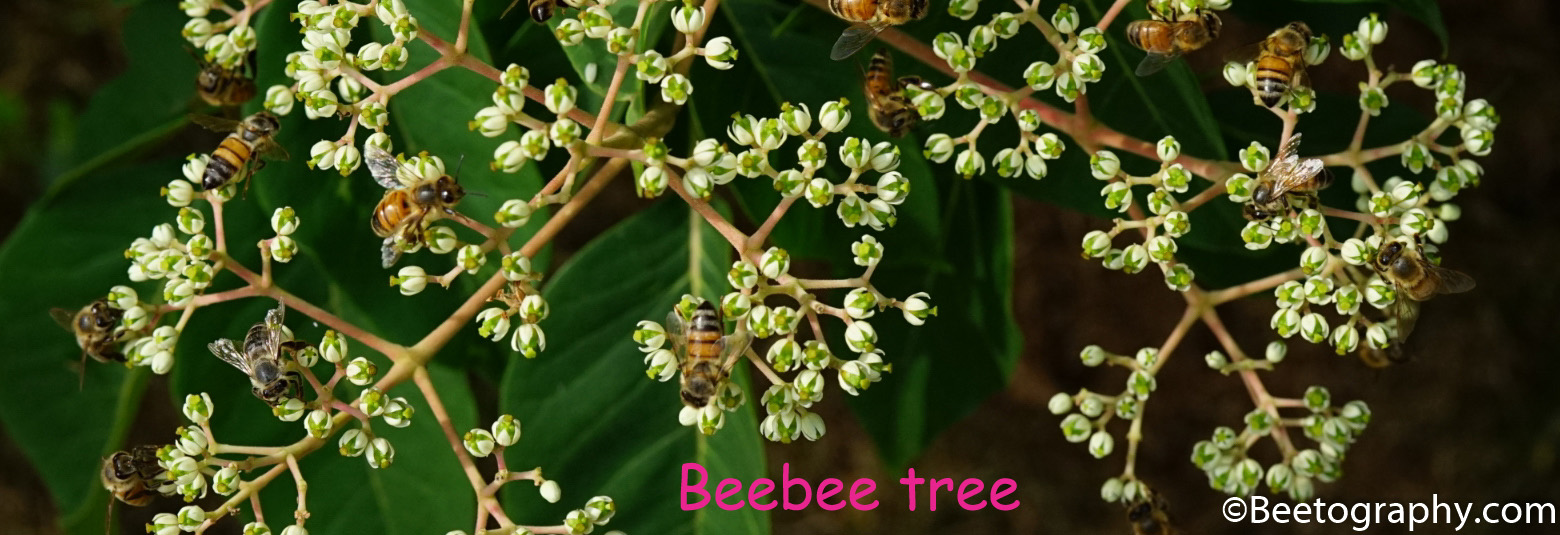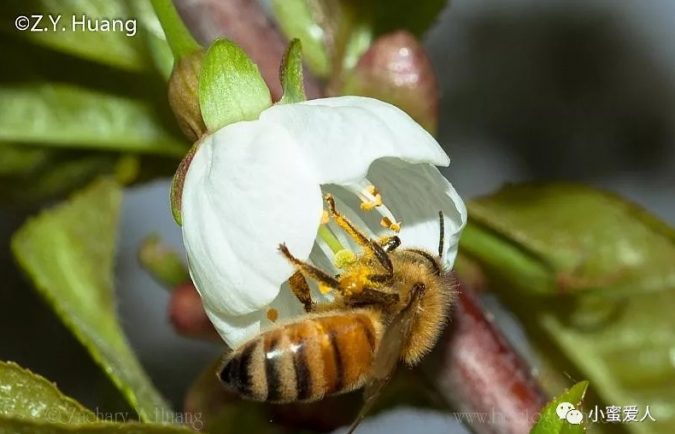| Family | Rosaceae |
| Genus | Prunus |
| Subgenus | Cerasus |
| Species | P. avium |
| ZBAS | 8 |
The cherry blossom here refers to the flower of the American cherry (sweet cherry) (Prunus avium). The UUS also has sour cherries (Prunus cerasus), which is mainly used for dessert (Cherry Pie). Michigan ranks fifth in the country for sweet cherry production. The top four are Washington, California, Oregon, and Wisconsin. But 77% of sour cherries in the country are produced in Michigan, so MI is the national leader in sour cherries. Traverse City claims to be the cherry capital of the world, with a cherry festival from the end of June to July 10 (https://www.cherryfestival.org, from 1925 to the present). Together, the two types of cherries from Michigan add up to an annual output value of $ 19 million.
Cherry has a bee dependence index of 90%, meaning without bees there is only 10% yield. Cherry fruit farmers in Michigan rent bees for pollination, usually at a price of $70-85 per colony, with about 2 colonies per acre.
Cherries near Lansing in normal years should bloom in early May, one week earlier than apples. But Traverse City is a little bit later, and then the further north and closer to the lake, the later in blooming time. It can be a total of 3-4 weeks for the whole Michigan to finish cherry blooming.
On May 2, 2006, Dr. Sun and I drove to a Michigan State University experimental station north of Traverse City to help them understand the nectar flow of cherry blossoms.
1. The sweet cherry flowers are white, the same color as the almond flowers.
2. There were bee colonies in the cherry orchard for pollination.
3. This bee is foraging for nectar, as seen by her behavior.
4. However, pollen is also collected when collecting honey, and the plant provides more pollen to honey bees. 
5. This bee dives deep into the flower to reach nectar. 
6. This bee could not wait, the flower was not fully opened yet. 
7. We went to the Northwest Michigan Horticulture Research Center near Traverse City to help them measure the amount of nectar in cherry flowers. The flowering branches were bagged the night before when they were not blooming, and then the next morning, they were taken to the lab. We use a glass capillary tube to draw the nectar out, measuring the amount and also the sugar concentration.
8. Dr. Liangxian Sun from Quanzhou University was measuring the nectar concentration of cherry flowers, using a reflectometer.

9. At the time, they were also experimenting with the blue orchard bee, Osmia cornifrons from the family Megachilidae to pollinate cherries. This bee was introduced from Asia.

10. Two blue orchard bees were mating. There were a lot of mites on the male. It seems that they were either pests or just phoretic mites.
11. A new swarm was seen that day, on a cherry tree!
12. Later the same year on July 2, 2006 ( I have not been to the Cherry Festival for more than a decade!), we went back there, went to see, pick, and eat cherries.

13. On the left were four varieties of sour cherries, and on the right are three sweet cherries. 
14. Mechanized picking of cherry by shaking a tree to let cherries fall to a piece of cloth.
15. A giant fork grabs the base of a cherry tree, ready to shake the fruits to a piece of cloth below. 

